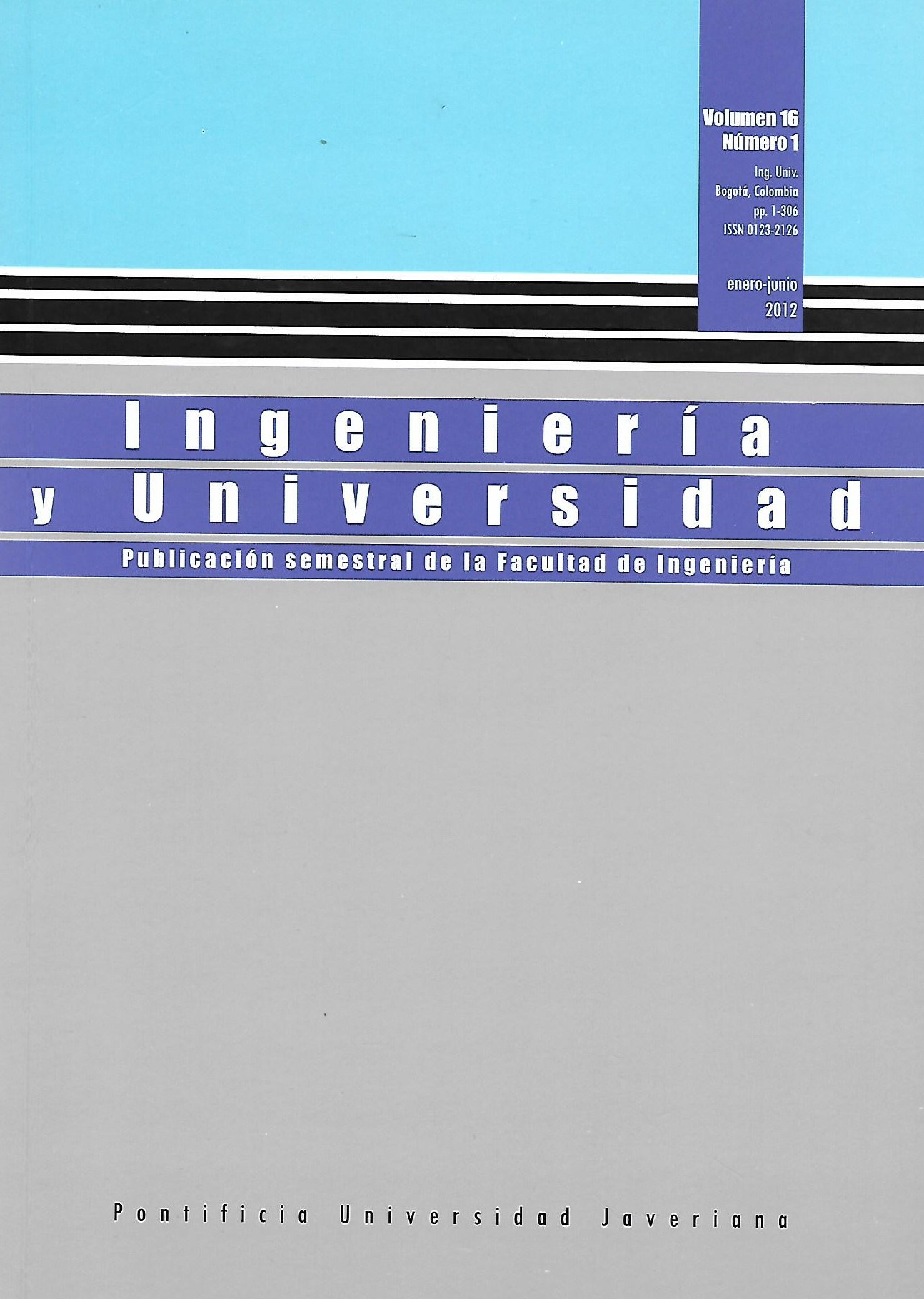Abstract
In this paper we develop a backpropagation learning algorithm for feedforward neural networks trained online. Three neurocontrollers are designed for three systems. Those systems are an RC circuit, a DC motor (electronically emulated) and a spheretube system. The first implemented strategy is a standard PID controller, which is used in order to compare the performance of the neurocontrollers. The first neurocontroller leads the system in parallel with a PID; the next one is trained online to work alone, and the last one is a neural PID, which strives to make the controller adaptable to the dynamics of the plant trough changes on the PID gains. The control is carried out in real time by using Simulink and a PCI 6024E data acquisition card. The results for each system are also included.
HEDJAR, R. Online adaptive control of non-linear plants using neural networks with application to temperature control system. Journal of King Saud University, Computer & Information Sciences. 2007, vol. 19, núm. 1, pp. 75-94.
KADWANE, S.; KUMAR, A.; KARAN B. y GHOSE T. Online trained simulation and DSP Implementation of dynamic back propagation neural network for buck converter. ACSE Journal. 2006, vol. 6, núm. 1, pp. 27-34.
KAMALASADAN, S. y GHANDAKLY, A. A neural network parallel adaptive controller for dynamic system control. IEEE Transactions on Instrumentation and Measurement. 2007, vol. 56, núm. 5, pp. 1786-1796.
NOH, J.; LEE, G. y JUNG, S. Motion control of a mobile pendulum system using neural network. Advanced Motion Control, 2008. AMC ‘08. 10th IEEE International Workshop. 2008, pp. 450-454.
NOURI, K.; DHAOUADI, R. y BRAIEK, N. Nonlinear speed control of a dc motor drive system with online trained recurrent neural network. 9th IEEE international workshop on advanced motion control. 2006, pp. 704-708.
OMATU, S. Neuro-control and its applications to electric vehicle control. IWANN’09 Proceedings of the 10th Interntaional Work-Conference on Aritificial Neural Networks: Part II: Distributed Computing, Artificial Intelligence, Bioinformatics, Soft Computing, and Ambient Assisted Living. 2009, pp. 1-12.
OUYANG, Z.; SCHNELL, M. y WEI, K. The experiment Ball-in-tube with Fuzzy-PID controller based on space. IEEE International Conference on Systems, Man and Cybernetics. 2007, pp. 877-881.
POPESCU, M.; BALAS, V.; MUSCA, S. y COSMA, D. Modeling the phenomenon of refreshing air inside the spaces of the Fungi’s culture. ISCIII 2009, 4th International Symposium on Computational Intelligence and Intelligent Informatics. 2009, Egipto, pp. 85-92.
RAIRÁN, J. y FONSECA, J. Doble lazo de control para regular la posición y la velocidad en un motor de corriente directa. Ingeniería y Universidad. 2011, vol. 15, núm. 2, pp. 337-357.
RAIRÁN, J.; PÉREZ, J. y OSORIO, J. Implementación de una red neuronal para la medición indirecta de posición. Revista Avances en Sistemas e Informática. 2009, vol. 6, núm. 3, pp. 79-85.
RUBAAI, A.; KOTARU, R. y KANKAM, M. Online training of parallel neural network estimators for control of induction motors. IEEE Transactions on Industry Applications. 2001, vol. 37, núm. 5, pp. 1512-1521.
WEERASOORIYA, S. y EL-SHARKAWI, M. Laboratory implementation of a neural network trajectory controller for a DC motor. IEEE Transactions on Energy Conversion. 1993, vol. 8, núm. 1, pp. 107-113.
This journal is registered under a Creative Commons Attribution 4.0 International Public License. Thus, this work may be reproduced, distributed, and publicly shared in digital format, as long as the names of the authors and Pontificia Universidad Javeriana are acknowledged. Others are allowed to quote, adapt, transform, auto-archive, republish, and create based on this material, for any purpose (even commercial ones), provided the authorship is duly acknowledged, a link to the original work is provided, and it is specified if changes have been made. Pontificia Universidad Javeriana does not hold the rights of published works and the authors are solely responsible for the contents of their works; they keep the moral, intellectual, privacy, and publicity rights.
Approving the intervention of the work (review, copy-editing, translation, layout) and the following outreach, are granted through an use license and not through an assignment of rights. This means the journal and Pontificia Universidad Javeriana cannot be held responsible for any ethical malpractice by the authors. As a consequence of the protection granted by the use license, the journal is not required to publish recantations or modify information already published, unless the errata stems from the editorial management process. Publishing contents in this journal does not generate royalties for contributors.


